Like many other birthstone gems, peridot has a long and important history. However, unlike the other gemstones, peridot is only found in one color – a vibrant lime green that is the perfect complement to any summer wardrobe and to represent those born in the summer month of August.
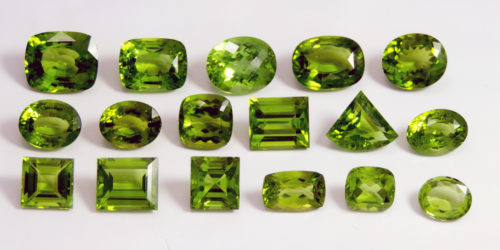
There are a few differences that set peridot apart from other gemstones such as how it is formed. While most stones are formed in the Earth’s crust, there are two exceptions- diamond and peridot. These two stones form much deeper in the Upper Mantle, between 20 & 55 miles deep for peridot, and 100-150 miles deep for diamond! If that doesn’t twist your mind a bit… peridot stones have also been found in meteorites that have traveled through space and landed on Earth!
History:
The history of peridot dates back to ancient times, at least 4,000 years and especially in Egypt, however no one truly knows how old peridot is. This is because up until the late 19th century, peridot was very commonly mistaken for emerald. The first recorded findings of peridot gems were on the volcanic island of Zabargad, located in the Red Sea off the coast of Egypt.

It’s said that Egyptian Pharaohs wore these gems in jewelry and clothing and were highly revered. It’s been discovered that many of Cleopatra’s famed and treasured emeralds were in fact peridot! These gems were so treasured by the Egyptians that the location of Zabargad was kept a closely guarded secret. In texts, it’s stated that the island was often covered in dense fog, making it nearly impossible for ancient navigators to find. With the fall of the Egyptian empire, the secret of the island’s location was lost and was not rediscovered until 1906; since then, the Zarbargad peridot deposits have been exhausted.
Peridot held a strong presence in many other cultures and ancient civilizations up throughout the middle ages. Medieval Europeans would bring the peridot stones back from the Crusades to decorate church plates and robes, and also used the gems as talismans that were said to have the power to remove “terrors of the night”.
Symbolism:
Today, along with being the birthstone for those born in the month of August, peridot also symbolizes the 16thanniversary of marriage. In lore and legends, peridot has always been associated with light. The Egyptians even called the gem “Gem of the Sun”.
The Catholic Church is also a major symbol of the gemstone. For centuries, the church has believed that peridot symbolized moral purity and to this day Catholic Bishops wear peridot rings and other jewelry.
Mystical Properties:
Over the course of history, there have been many tales and legends of how the peridot gemstone possesses a strong magical power. According to Pliny The Elder, the Great Roman Authority, peridots would exert their strongest magic when worn on the right arm, and that in order to maximize the stone’s potential it must be set in gold.
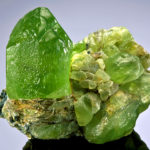 Peridot has long been considered an aid to friendship and can free the mind of envious thoughts. Other legends say the gem will bring happiness and good cheer, which in turn would attracts lovers which leads to many other legends stating that peridot can be used to enhance prosperity, growth and openness.
Peridot has long been considered an aid to friendship and can free the mind of envious thoughts. Other legends say the gem will bring happiness and good cheer, which in turn would attracts lovers which leads to many other legends stating that peridot can be used to enhance prosperity, growth and openness.
Cultures and legends over the course of history credit peridot with the ability to turn dreams into a reality, ward off anxiety, and lessen the thirst of a person suffering from a fever when placed under the tongue.
Like most other birthstone gems, peridot comes with thousands of years of history, legends and lore. Unlike other birthstone gems however, peridot has a few attributes that make it stand out against a sea of other glittering & valuable stones. With a vivid, solitary shade of green, the peridot is the perfect gemstone to help you wind down summer, lower stress and anxiety levels of the changing seasons and schedules, and enhance your confidence- making it there perfect gem to wear for just about anybody!
SOURCES: https://agta.org/education/gemstones/peridot/ https://www.jewelsforme.com/peridot-meaning https://www.gemselect.com/other-info/about-peridot.php

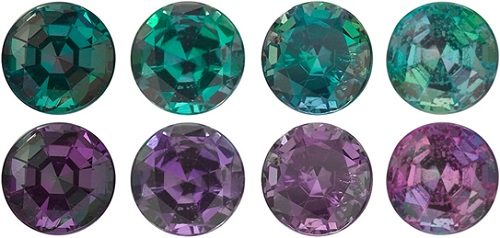

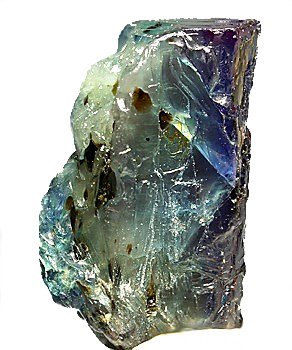

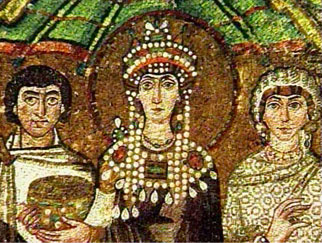
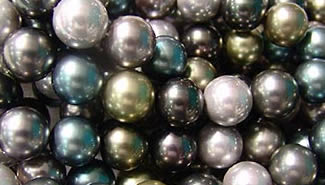 the French Polynesia.
the French Polynesia. symbolize numerous things- mainly depending on its color. For example, white pearls have long symbolized purity, which is why the gem has always been popular as bridal jewelry. Because the gem originates in the water, and because of its round shape and glimmering white color, it’s not surprising that the pearl has long been symbolic of the moon.
symbolize numerous things- mainly depending on its color. For example, white pearls have long symbolized purity, which is why the gem has always been popular as bridal jewelry. Because the gem originates in the water, and because of its round shape and glimmering white color, it’s not surprising that the pearl has long been symbolic of the moon. May is the most defining month of spring; when everything starts to bloom and turn green. For this reason, emeralds make the perfect gemstone to represent this season of ‘New Life’. Ranging in color from light to a deep, rich green, emeralds have been a symbol of rebirth and new beginnings since ancient times.
May is the most defining month of spring; when everything starts to bloom and turn green. For this reason, emeralds make the perfect gemstone to represent this season of ‘New Life’. Ranging in color from light to a deep, rich green, emeralds have been a symbol of rebirth and new beginnings since ancient times. literally means green. The stone has had an important presence in hundreds of cultures all over the world, and for as long as 6,000 years. Even today, emeralds are still considered one of the most prized gemstones. A fine emerald may even be two or three times more valuable than a diamond! (Who knew?!)
literally means green. The stone has had an important presence in hundreds of cultures all over the world, and for as long as 6,000 years. Even today, emeralds are still considered one of the most prized gemstones. A fine emerald may even be two or three times more valuable than a diamond! (Who knew?!)

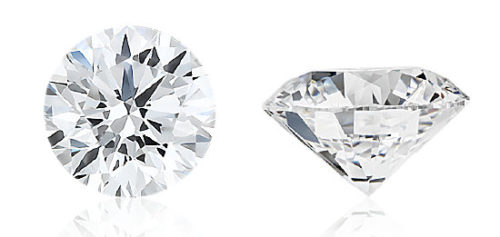 History:
History: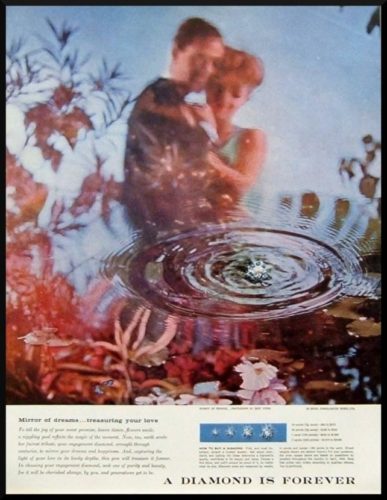
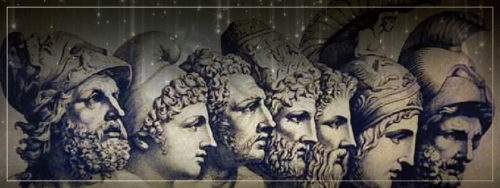
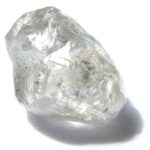

 and “marine” meaning sea, which together translates into “water of the sea”. Age-old stories were told of the gem being the treasure of sea witches (aka MERMAIDS!). They cleansed the gems in the ocean by the light of the full moon, and the gems were washed up on shore. because of its connection with the sea, sailor would wear the stone on voyages and believed it promised good luck and safe passage across stormy seas.
and “marine” meaning sea, which together translates into “water of the sea”. Age-old stories were told of the gem being the treasure of sea witches (aka MERMAIDS!). They cleansed the gems in the ocean by the light of the full moon, and the gems were washed up on shore. because of its connection with the sea, sailor would wear the stone on voyages and believed it promised good luck and safe passage across stormy seas. youth, health, and hope throughout dozens of ancient cultures. Aquamarine was thought to reawaken the love of married couples. The ancient Romans believed the gem would absorb the atmosphere of young love, making it a very popular morning gift for a groom to give his new bride.
youth, health, and hope throughout dozens of ancient cultures. Aquamarine was thought to reawaken the love of married couples. The ancient Romans believed the gem would absorb the atmosphere of young love, making it a very popular morning gift for a groom to give his new bride.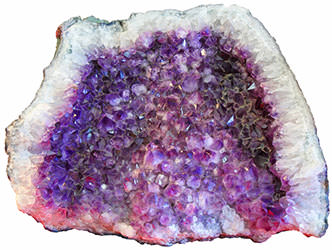
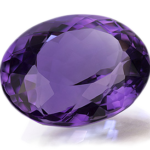

 Like we said earlier, amethyst is the gem that modernly symbolizes the month of February and the 6th anniversary of marriage. During the Renaissance period, amethyst stood for humility and modesty. Throughout the ages, the gem was also used by rich and powerful monarchs for symbolize royalty. It’s rumored that the gemstone was a personal favorite of Queen Katherine the Great of Russia, who reigned during the late 1700s. Amethyst has always been a symbol of religious classes that have ruled human cultures. In the Chinese philosophy of Feng Sui, amethyst is said to give and receive material wealth. At the highest level of the philosophy, the gem is said to give the spiritual understanding required to reach the state of bliss. Even today, amethyst represents the crown chakra at the top of the head where divine essence enters.
Like we said earlier, amethyst is the gem that modernly symbolizes the month of February and the 6th anniversary of marriage. During the Renaissance period, amethyst stood for humility and modesty. Throughout the ages, the gem was also used by rich and powerful monarchs for symbolize royalty. It’s rumored that the gemstone was a personal favorite of Queen Katherine the Great of Russia, who reigned during the late 1700s. Amethyst has always been a symbol of religious classes that have ruled human cultures. In the Chinese philosophy of Feng Sui, amethyst is said to give and receive material wealth. At the highest level of the philosophy, the gem is said to give the spiritual understanding required to reach the state of bliss. Even today, amethyst represents the crown chakra at the top of the head where divine essence enters.
 The word garnet is originally derived from the Latin word, ‘garantum’, meaning seed. This name for the gem came to be because of the gem’s resemblance to the bright, beautiful red seeds of the pomegranate. Although the most common garnet range in tones of
The word garnet is originally derived from the Latin word, ‘garantum’, meaning seed. This name for the gem came to be because of the gem’s resemblance to the bright, beautiful red seeds of the pomegranate. Although the most common garnet range in tones of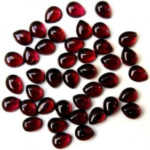
 The list of symbolic meanings for wearing the garnet goes on and on. Not only is garnet the designated gem for births in the month of January, it also symbolizes the the 2nd anniversary of marriage. For centuries, garnet’s virtues have been believed to include passion, eternity, and love. One of the stone’s strongest virtues is the ability to help overcome depression. It was believed that the stone could dissolve behavior that is no longer positive, and aids in letting go of useless or old ideas. Supposedly, the garnet gemstone has extreme benefits in the realm of business. It’s said that the stone attracts people to the wearer which aids in business as well as personal success!
The list of symbolic meanings for wearing the garnet goes on and on. Not only is garnet the designated gem for births in the month of January, it also symbolizes the the 2nd anniversary of marriage. For centuries, garnet’s virtues have been believed to include passion, eternity, and love. One of the stone’s strongest virtues is the ability to help overcome depression. It was believed that the stone could dissolve behavior that is no longer positive, and aids in letting go of useless or old ideas. Supposedly, the garnet gemstone has extreme benefits in the realm of business. It’s said that the stone attracts people to the wearer which aids in business as well as personal success!

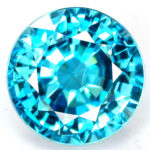 fun to research and learn about because of the range of legends, mystical properties, and trends the gem has curated over time and throughout different cultures. During the middle ages, people believed that zircon can induce sleep, promote prosperity, and even ward off evil. The gem was most popular, however, during the Victorian age, in English estate jewelry throughout the late 1800s.
fun to research and learn about because of the range of legends, mystical properties, and trends the gem has curated over time and throughout different cultures. During the middle ages, people believed that zircon can induce sleep, promote prosperity, and even ward off evil. The gem was most popular, however, during the Victorian age, in English estate jewelry throughout the late 1800s. Turquoise has been admired since ancient times and across TONS of cultures. The word, turquoise, dates back to the 13th century. It’s meaning: “Turkish Stone”. The stone was introduced to Europe by travelers from Turkey. With a powdery blue to robin’s egg green color, it’s an easily recognizable gem to trace back through cultures.
Turquoise has been admired since ancient times and across TONS of cultures. The word, turquoise, dates back to the 13th century. It’s meaning: “Turkish Stone”. The stone was introduced to Europe by travelers from Turkey. With a powdery blue to robin’s egg green color, it’s an easily recognizable gem to trace back through cultures. become its main distributor. The company is actually who deemed the stone’s names as “Tanzanite” in order to highlight the stones exclusive geographic origin. They introduced the gem to the public with a promotional campaign in 1968.
become its main distributor. The company is actually who deemed the stone’s names as “Tanzanite” in order to highlight the stones exclusive geographic origin. They introduced the gem to the public with a promotional campaign in 1968.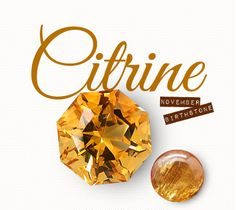 Hello! HAPPY THANKSGIVING! Our favorite holiday. Not only for the pie- but for the shopping! The start of the holiday season is always the best. It calls for baking cookies and snuggling up next to the fire, and concocting a well-thought-out list for the big man in red. (plus, it never hurts to hand out the list to your loved ones!) Most people build a list based on the winter season; things like snowboards, remote car-starters, and heated blankets are commonly asked for here in Montana (and for those others who actually get to experience a white Christmas!).
Hello! HAPPY THANKSGIVING! Our favorite holiday. Not only for the pie- but for the shopping! The start of the holiday season is always the best. It calls for baking cookies and snuggling up next to the fire, and concocting a well-thought-out list for the big man in red. (plus, it never hurts to hand out the list to your loved ones!) Most people build a list based on the winter season; things like snowboards, remote car-starters, and heated blankets are commonly asked for here in Montana (and for those others who actually get to experience a white Christmas!).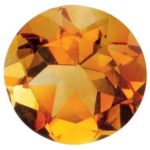 For centuries, citrine gemstones have been sought after for their healing properties. The warm golden yellows were known to be used to purify the body of toxins, strengthen the immune system, and improve blood circulation. The gem’s vibrant hues were thought to have to ability to elevate your moods, and treat depression and even heartache! (Talk about powerful!) Now although most don’t believe in the healing powers of crystals and minerals that are trending though pop culture right now, the association of citrine with health, hope and joy remains!
For centuries, citrine gemstones have been sought after for their healing properties. The warm golden yellows were known to be used to purify the body of toxins, strengthen the immune system, and improve blood circulation. The gem’s vibrant hues were thought to have to ability to elevate your moods, and treat depression and even heartache! (Talk about powerful!) Now although most don’t believe in the healing powers of crystals and minerals that are trending though pop culture right now, the association of citrine with health, hope and joy remains!